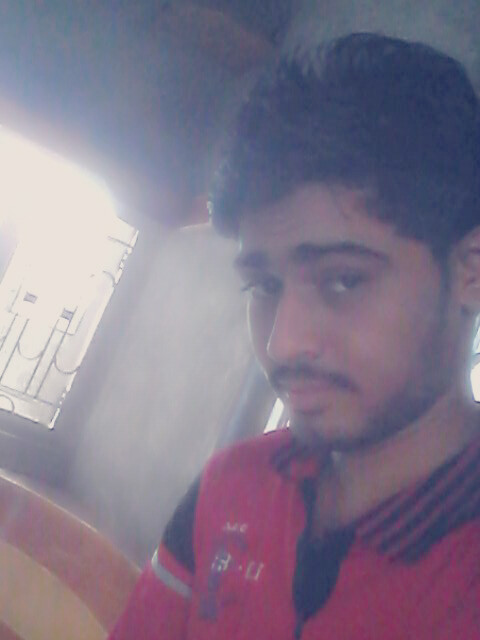PROBLEMS IN THE CONTROL VALVE
- Suhel Patel

- May 12, 2020
- 3 min read
Since the control valve used in the process for long years due to types of application and based on internal pressure, temperature, rate of flow, chemical attack, slurry contain the flow, etc. have a major effect on the control valve.
There many types of problem with the control valve and solution also have been founded with it. But that never mitigate the possibility of different types of problems in the control valve.
Let's have a look of such a problem and reason for their occurrence in detail.
1. Flashing
2. Cavitation
3. Mechanical problem
4. Choked flow
5. valve noise
6. Erosion
7. Chemical attack
All the above mentioned occur based on types of fluid, based on condition and there are step if we follow that we can mitigate such problem in the control valve.
1. Flashing
- Flashing in the control valve occurs when due to restrictions pressure drops, so the fluid pressure decreasing and increase after leaving restriction. Due to pressure falls below the vapour pressure the liquid begins to boil, falls in pressure never recovered such phenomena is called flashing.
- Have a look into the below graph to clear your doubts. As you can see when flow enters in valve body pressure drop after restriction pressure try to recover but it never reaches there.

- The point of the lowest pressure is called venacontracta. To get to know flashing occurs you can hear a hissing sound like sand is passing a valve.
2. Cavitation
- This is same as what happened in flashing the only difference is that while recovering pressure it somehow managed to reach greater pressure than the vapor pressure cause form bubble to explode, such phenomena called cavitation.
- So, when the vapor bubble recondenses into a liquid it collapses into a high-speed jet in the direction of the flow about the speed of 100 meters per second.
- If the flashing is destructive then cavitation is even worsened than that. Have a look into below image to see what cavitation can do.

3. Mechanical problem
- We know that control valve contains moving parts which create friction. A little bit of friction is okay but more friction can affect valve packing.
- The solution of this is that in an application where require higher thrust then positioner is used.
- There is one more scenario which is even worse then friction is stiction. Stiction occurs when combine effect of static and dynamic friction make stem positioning nearly impossible.
- It is important to provide lubrication to reduce such mechanical problems. Please read my article on how to do lubrication in valve packing without removing it from the process.
4. Choked flow
- choked flow is a condition where rate of flow through a valve does not change as downstream pressure reduced.
- Choked flow can occur in the both liquid and gas flow. In liquid flow, it happens due to flashing and in the gas, it happens when the velocity of the sound reaches the speed of sound in a gas.
5. Valve noise
- Valve noise is a common issue as it occurs in a liquid when cavitation occur and in the gas is even worse.
- To reduce the noise you can use special trim used to mitigate cavitation.
6. Erosion
- Valve erosion occurs when it is used for slurry service where valve trim and body-worn by the passage of the solid particles.
7. Chemical attack
- The chemical attack may occur in metal parts of the control valve if they are selected properly as per application.
- It is important to keep every single criterion in mind before choosing the control valve.






































Comments